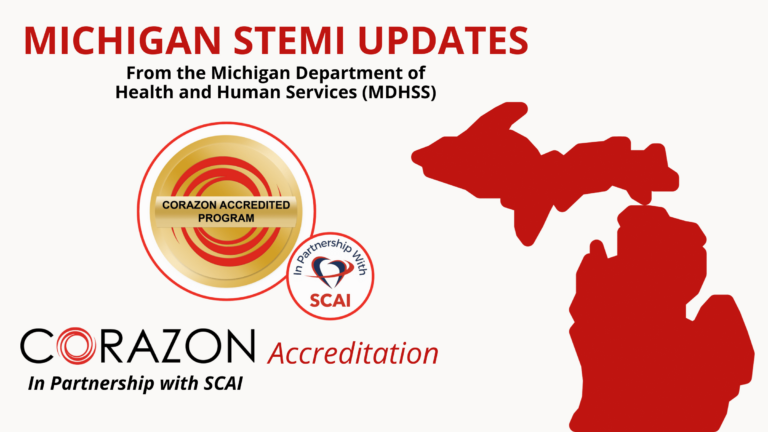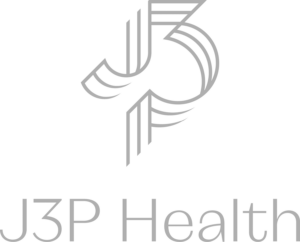The Advisory Board recently presented several trends related to information that CEOs need to know in 2024. Several of the key areas were that hospitals are seeing higher acuity patients, there are higher levels of adverse events with declining quality overall, and health systems struggle to perform financially.
Many of these areas, as hospital leaders will be able to recognize, are connected to one another. Quality is key in overall performance for any healthcare provider. If a community does not have trust in its available healthcare systems, they will eventually fail.
Increasing Patient Acuity
As patient acuity increases, healthcare systems must ensure they are prepared to offer these advanced services, while also ensuring more baseline services are exceptional. In some regards, increased patient acuity can represent an opportunity for growth. Programs seeing a shift in patient needs should evaluate new services which may generate additional revenue while also meeting the needs of the community. For instance, cardiovascular services have trended toward advanced heart failure services and the need for TAVR programs, both of which can be profitable if managed well. Similarly, the shift of stroke treatment toward neuro-intervention or thrombectomy procedures is a significant opportunity, if the program is treating patients from a wide enough market.
Conversely, if patient acuity is not representative of a new treatment modality, it necessitates a “back to basics” approach to ensure that processes that were previously in place not only consider the needs of these higher acuity patients but are also being adhered to consistently. Other standard quality practices, such as peer review and quality monitoring, are similarly important to review the outcomes of these cases and identify opportunities for improvement. Managing such initiatives in a proactive manner can help prevent fallouts while reinforcing best practices.
Adverse Events and Declining Quality
At times, quality can decline, despite internal monitoring efforts. It is important to recognize when a program can benefit from an outside perspective. Any organization noticing declining trends in quality or specific adverse events should consider utilizing objective third-party support to rectify such issues. Corazon is frequently contacted to help programs get back on track after uncovering reasons for concern. This typically involves some form of physician peer review and a program operations assessment to develop a roadmap toward a longer-term strategy to maintain quality, such as accreditation. Corazon is uniquely positioned to assist these programs based on a history of such assessments and the endorsement of Corazon accreditation by the Society for Cardiovascular Angiography and Intervention (SCAI).
In addition to the outside expertise that this approach offers, it creates a new project to galvanize the internal team. Initiatives like accreditation create a new goal for everyone to work toward, and a tangible achievement to recognize the hard work that goes into that process. It can also offer an objective way to deliver difficult messages that are often necessary to return to form.
Financial Challenges
Financial challenges can be addressed in two ways: generating additional revenue or reducing costs. Both of these have ties to quality in ways that will be far more impactful (and well-received) than any initiatives based solely on financial incentives.
The primary financial challenges being faced are tied to workforce costs, supply chain expenses, capacity, and site-of-care shifts. The workforce will continue to be a challenge in many ways, and require its own focus based on the factors that have become so central to healthcare since 2020. That being said, an emphasis on quality can help to attract and retain talent, and internal resources to support employee success will support both retention and quality initiatives.
Supply chain costs will continue to rise as they are allowed to, but organizations should consider how to approach negotiations. Are there opportunities to revisit vendor contracts to consolidate suppliers or achieve better rates? Are there new services being developed that may provide additional leverage in such negotiations?
Capacity concerns are also often tied to operations and increasing patient acuity. Are there opportunities to manage patients differently based on their needs? Are there opportunities to transition patients more efficiently through their episode of care? Are appropriate relationships in place with other providers (other hospitals with different levels of care, ambulatory surgery centers (ASCs), physician practices) to ensure patients are being cared for in the setting that best meets their needs?
Similar to the above, the site of care shifts is cause for concern for many organizations, but, like the changes in patient acuity, they should represent an incentive to explore new opportunities in patient care. ASCs should be seen as a partner waiting to be aligned with to maximize patient access and minimize healthcare costs while helping to best align the acuity of patient needs with their setting of care. This can mean different alignment structures or even ownership stakes as physicians and healthcare systems look to invest in ASC growth or development.
Conclusion
While there are many factors that seem daunting facing healthcare providers in 2024, more often than not they represent potential opportunities for savvy leaders who are able to manage these needs proactively. If anything, these “need to know” circumstances represent the perfect storm for developing strategic plans in critical service lines. Those programs that proactively seek quality and growth opportunities will be most successful, while those taking a “wait and see” approach will be struggling to catch up in years to come.

 company
company 
 (412) 364-8200
(412) 364-8200




























